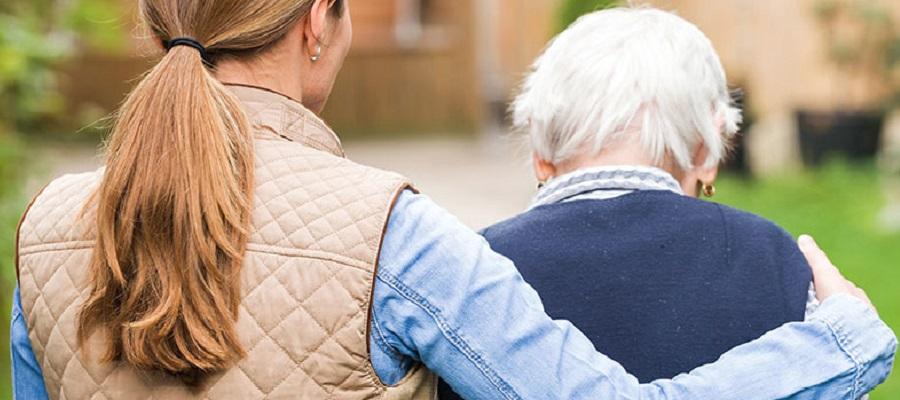CDC: Updated booster reduces COVID-19 risk for nursing home residents

Between Oct. 10, 2022, and Jan. 8, 2023, nursing home residents who were not up to date with the recommended COVID-19 vaccinations had a 30%-50% higher risk for SARS-CoV-2 infection than residents who were up to date, according to a study released today by the Centers for Disease Control and Prevention. New COVID-19 cases among residents who received a bivalent booster in the past two months (or a primary series and monovalent booster if they were not yet eligible) ranged from 7.2 to 15.6 per 1,000, compared with 9.5 to 18.8 per 1,000 for residents whose vaccinations were not up to date. By Jan. 8, about 49% of residents were up to date with the recommended COVID-19 vaccinations.
“Nursing home residents can maximize protection against COVID-19 by receiving bivalent COVID-19 booster doses to stay up to date with recommended COVID-19 vaccinations,” the authors conclude.
In a second and ongoing study of nursing and veterans homes in Ohio and Rhode Island, SARS-CoV-2 antibody levels waned within two months after receiving a monovalent booster, but a bivalent booster restored immunity and broadened antibody response.

